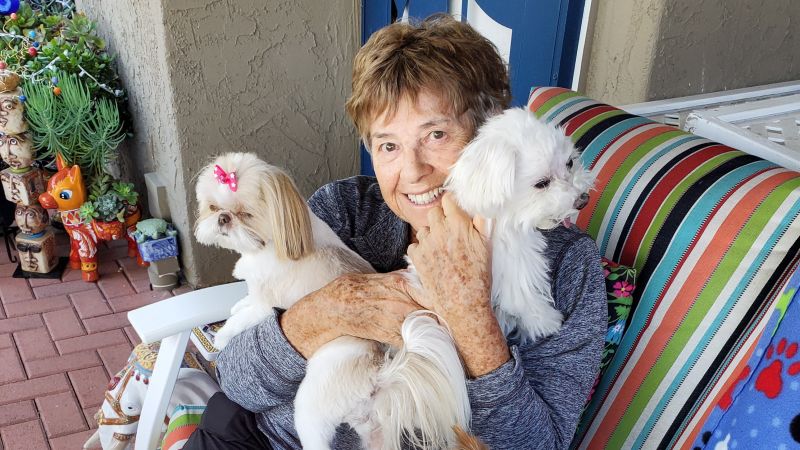Hope Murray retired in 2013 after a 50-year career but had to return to work at the age of 80 to make ends meet due to rising costs of living. Americans over 75 are the fastest-growing age group in the workforce, and the trend is expected to continue to rise over the next decade. Factors such as longer life expectancy, changes in the nature of work, and the need for additional income play a role in older Americans working later into life.
The shift away from traditional pensions to 401(k) plans has left many older adults without adequate retirement savings. Social Security payments still provide a substantial portion of income for older adults, but the trust fund is projected to be depleted by the mid-2030s. This looming financial crisis has forced many older Americans to work longer than planned in order to support themselves.
Age discrimination in the workplace is a significant barrier for older workers seeking employment. Despite laws against age discrimination, older job seekers face challenges in proving they were not hired due to their age. As a result, many older workers find themselves in low-paying jobs without benefits, struggling to make ends meet.
The challenges faced by older workers are varied, with some having to clean preschools or take on physically demanding jobs in their later years. Unemployment rates are low, but older workers are often left out of the employment boom, particularly in higher-paying jobs. Despite their experience and qualifications, older job seekers often face discrimination and struggle to find suitable employment.
As more people need to work longer to support themselves, workplaces will need to adapt to the needs of older workers. Worker health and wellness, retraining programs, and new models of hybrid work that ease the transition to retirement will be crucial. Public education campaigns and support from both the government and employers will be necessary to make the business case for older workers and ensure they have the opportunities they need to remain in the workforce.
For individuals like Hope Murray, Heidi Brockway, Bob Vaughn, and Diane Reiter, the realities of working later in life are apparent. These individuals face challenges in finding suitable employment, making ends meet, and planning for their retirement. While they navigate these difficulties, the support of family and the pursuit of passions like painting offer some solace in the midst of financial uncertainty.


